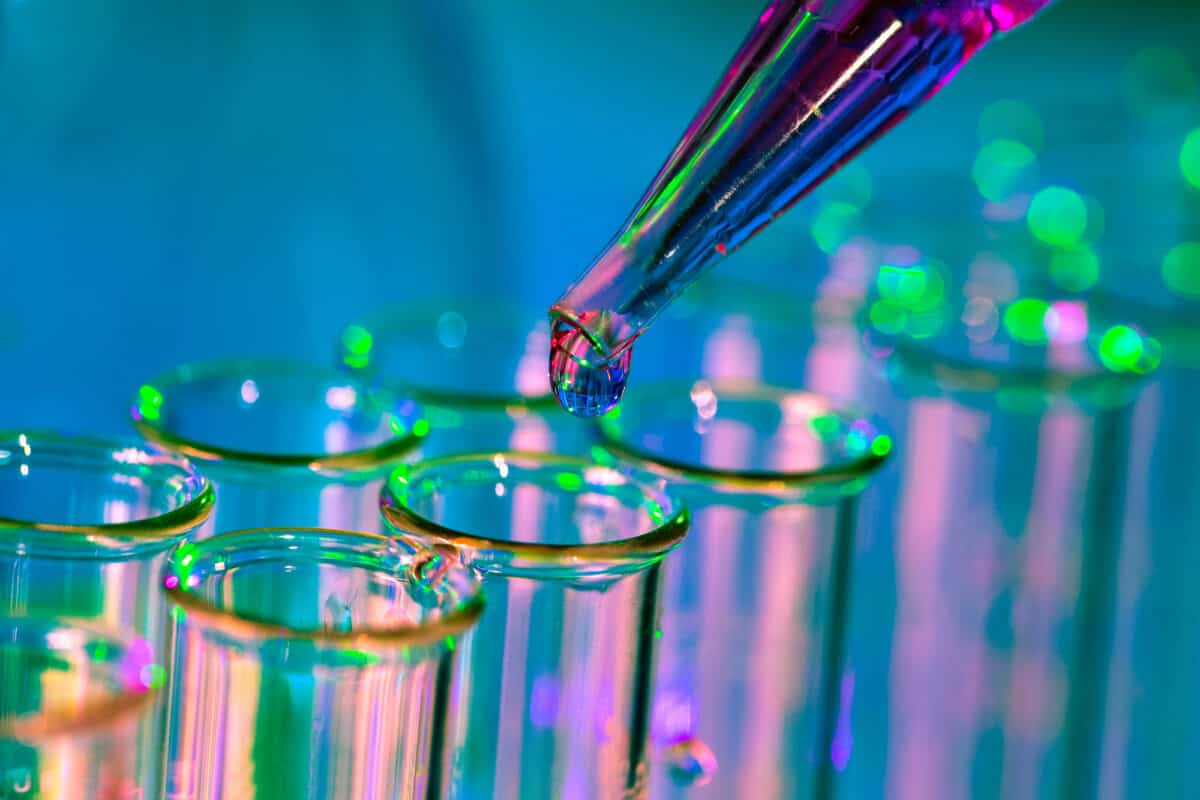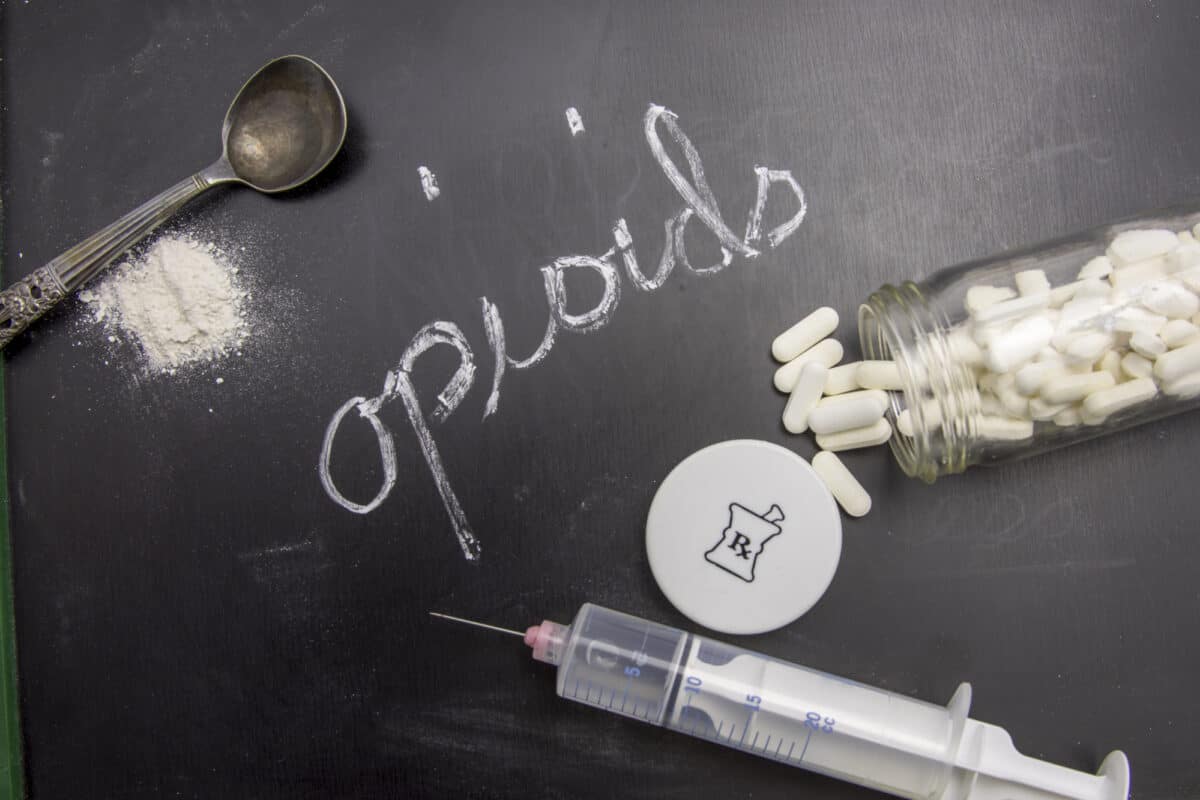Have you ever wondered how the food you consume is digested and able to provide you with so much energy? Or perhaps make you feel more sluggish than before? The digestion of food is both a chemical and mechanical process that draws the nutrients and energy out of the food you consume. Often times this is a long process, sometimes reaching up to 40 hours from initial consumption to traverse through the colon. This process is an integral part of your body receiving the key nutrients it needs to maintain healthy cell function. Some of those nutrients include carbohydrates, fats, proteins, and fiber.
Beginning with carbohydrates, which are said to be the main source of fuel for the body, digestion begins in the mouth. Salivary amylase, an enzyme found in your saliva, is responsible for breaking down the large molecules found in carbs to smaller components to ease the digestion process. The foods that are largely composed of these carbs are often the starchier foods; things like potatoes, rice, pasta, and many fruits.
After the initial breakdown from your saliva, the remainder of the food you consumed begins its journey through the rest of the digestive system. Chyme, which is the collection of the broken-down components of the carbs initially consumed, makes its way through the duodenum of the small intestine. This is where other parts of your digestive system provide necessary enzymes such as amylase to further breakdown the sugar molecules bonded together in carbohydrates. These sugars are then absorbed into the small intestine where they have two major functions. The first is an immediate surge of energy for lacking parts of your body. The other is active storage of this fuel for when your body is drained.
Similarly to carbohydrates, the fats you consume often begin their digestion in the mouth through a saliva-based enzyme known as lingual lipase. Further along the digestive track, these fats are broken down by bile provided by the liver to split the fat into more manageable sizes for the lipase enzymes to breakdown at an accelerated rate.
Knowing how your body digests food is only the start of maintaining a healthy digestive system. In order to ensure the best digestive health, a diet high in both soluble and insoluble fibers is necessary. Some foods to begin incorporating that are high in fiber include whole grains, oats, peas, beans, and various fruits. These fibers can help improve blood glucose control, break down stool, and help control body weight.
Additionally, the incorporation of probiotics often found in supplements similar to the likes of those you can find at Power Life and similar manufacturers, as well as different fermented foods, may assist in a healthy digestive system. These microorganisms act as an aid in the digestive process to ensure that your body is receiving the most from the food it is consuming. It is important to fully check ingredients and reviews of supplements before taking them, to ensure they are safe and suitable for your needs. You can find out more here about one such supplement, if this is something you are interested in looking into.
For more information on the digestive system and how your body process the food it eats, consider checking out the infographic courtesy of Quadro Liquids.
Digital Health Buzz!
Digital Health Buzz! aims to be the destination of choice when it comes to what’s happening in the digital health world. We are not about news and views, but informative articles and thoughts to apply in your business.



